A little bit of history You may not have heard of Taccia, but it’s been around as a brand since 2003, and today has a rather diverse range of fountain pens, ballpoints and accessories. I say diverse because as well as exotic but proven finishes like Maki-e and raden, Taccia uses frankly weird materials and construction — ever seen a barrel wrapped in woven leather? A hexagonal metal pen with wooden inlays? Or buffalo horn shaped to look like a stick?

How it looks In this experimental portfolio, the Spectrum ironically stands out because it looks so… normal. Sure, it’s a bright (even garish) blue demonstrator, but it’s pen-shaped, and we can work with that. Our Inkdom reviewers felt the silkscreened Taccia logo on the cap seemed a bit cheap, and weren’t convinced by the design of the silver-coloured clip, but generally speaking there’s little here to complain about. A sign of good things to come is the steel nib — a rather pretty little thing that (spoiler alert) resembles a Sailor nib more than a little, and is paired with a Sailor-design feed, too.

How it feels The Spectrum’s cap takes a good couple of turns to remove, and doing so exposes a block of shiny threads and a section that might be just a little narrower than you hoped. But in the hand it’s got a good weight, and feels solid enough.
 How it fills Our reviewers agreed that the filling mechanism is the Spectrum’s Achilles’ heel. It uses a proprietary Sailor converter, which simultaneously held very little ink and leaked like a sieve. Luckily the worst of the leaks are contained by an o-ring between barrel and section, but one reviewer still ended up with inky fingers.
How it fills Our reviewers agreed that the filling mechanism is the Spectrum’s Achilles’ heel. It uses a proprietary Sailor converter, which simultaneously held very little ink and leaked like a sieve. Luckily the worst of the leaks are contained by an o-ring between barrel and section, but one reviewer still ended up with inky fingers.
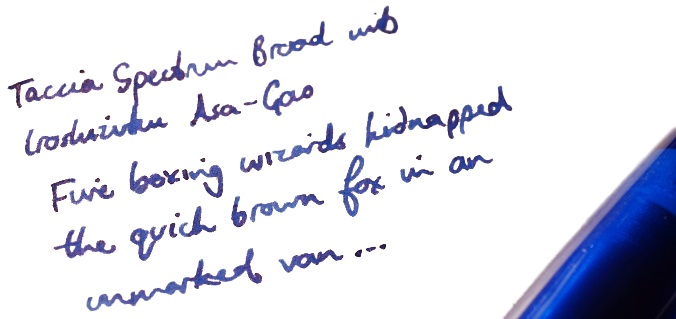
Crucially, how it writes… All three reviewers enjoyed the Spectrum’s broad steel nib on paper, noting the generous flow and smoothness, the ease of reverse writing, and — most distinctively — the similarity to Sailor’s ‘Zoom’ nib. If you’re not familiar with the term, a zoom nib writes a different line depending on the angle between the pen and the paper. Lay the pen down and you get a wide line; stand it up and the line narrows. The nib is really the best bit of the Taccia, and would you want it any other way?

Pen! What is it good for? A good pen to keep at home (given the risk of leaks, at least in our review sample), and to play around with new inks — the broad nib and zoom effect really shows off the best of a colour.

VFM At $127+ from its US dealer Pen Chalet, or £115 from EU-based Iguanasell, the Taccia Spectrum is not a cheap pen. Despite the lovely (steel) nib, our reviewers weren’t completely convinced that the Spectrum stacked up against rivals like the Platinum #3776, which is a pretty even match, except with a gold nib and no leaks. But the lovely packaging is not to be sniffed at — the Spectrum would make an impressive gift.
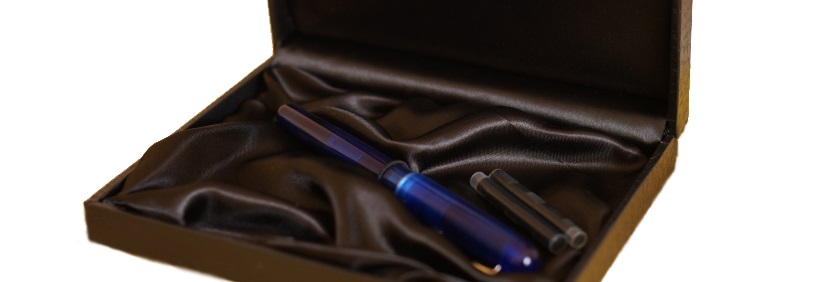
If this isn’t quite your cup of tea, but almost… As we noted above, the Platinum #3776 is a good alternative. But if you want a steel-nibbed, interesting demonstrator at around $125, you could also try stretching to a Franklin-Christoph, or take a look at the Opus 88 Koloro, previously reviewed here.
Our overall recommendation Divisive design, great and interesting nib, unfortunate filling mechanism — the Spectrum is a real head-scratcher. On balance, two of our three reviewers decided they wouldn’t choose to purchase one with their own funds. Probably the best reason to buy a Spectrum is if you really like the colours (the Teal version is very pretty, for starter’s), and want a Sailor nib (the Spectrum even comes in a Music nib variant) but can’t stretch to a Pro Gear.

Where to get hold of one Right now, US-based Pen Chalet is a good bet.

This meta-review references:
Thanks to Pen Chalet for lending us the pen to test.



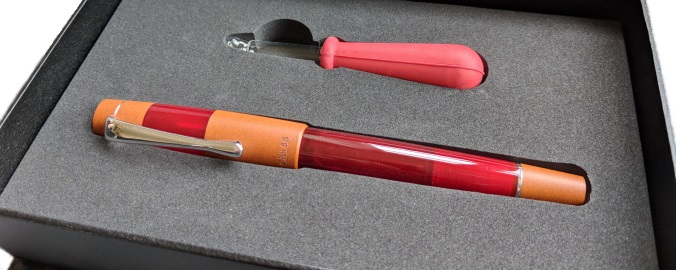
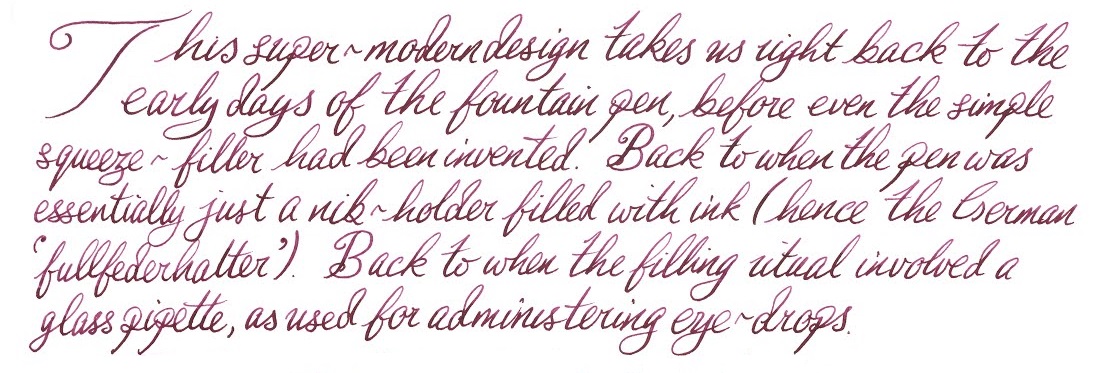







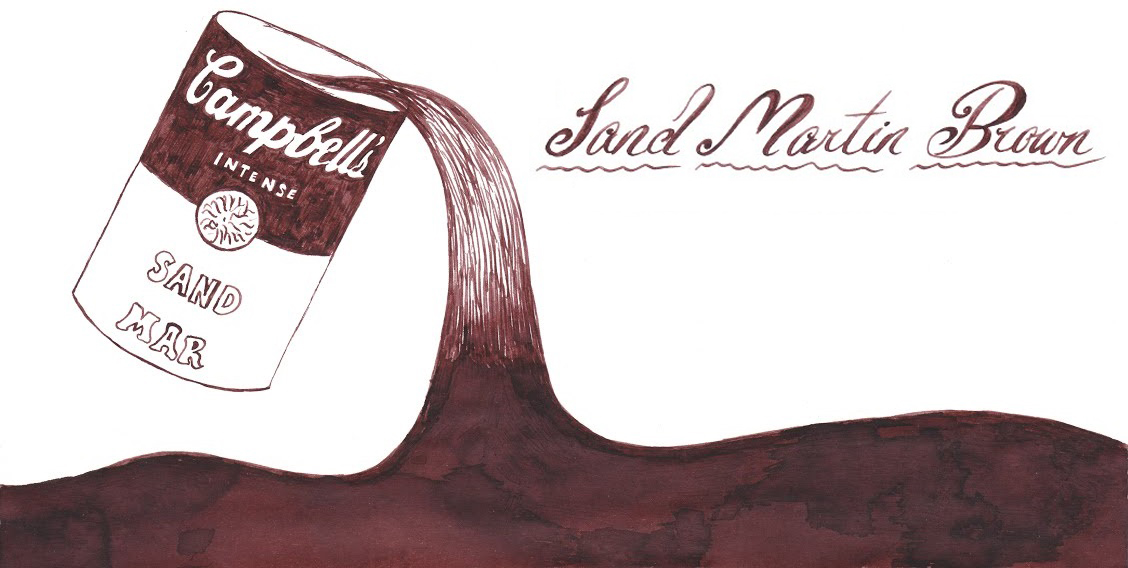





 This meta-review references:
This meta-review references:
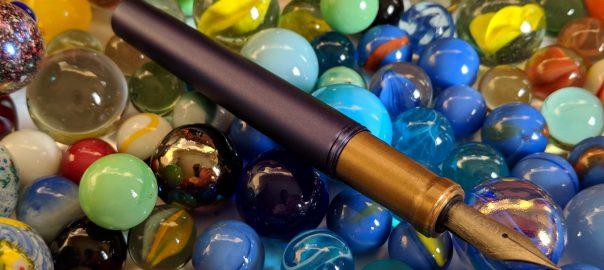
 A little bit of history Namisu is a small Scottish design house that’s been turning out metal (and more recently ebonite) pens for around five years, with names like the Nexus,
A little bit of history Namisu is a small Scottish design house that’s been turning out metal (and more recently ebonite) pens for around five years, with names like the Nexus, 

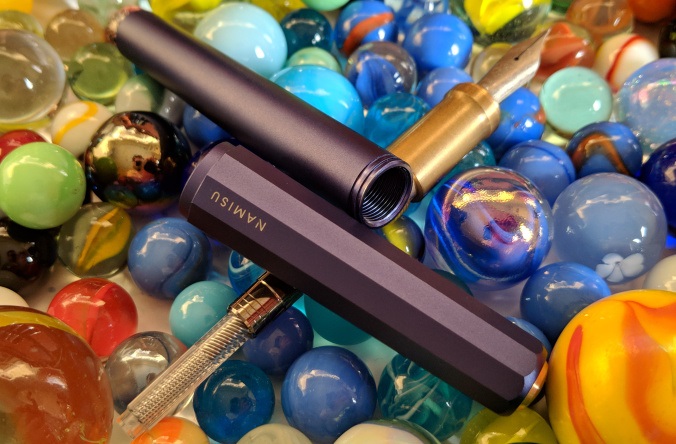


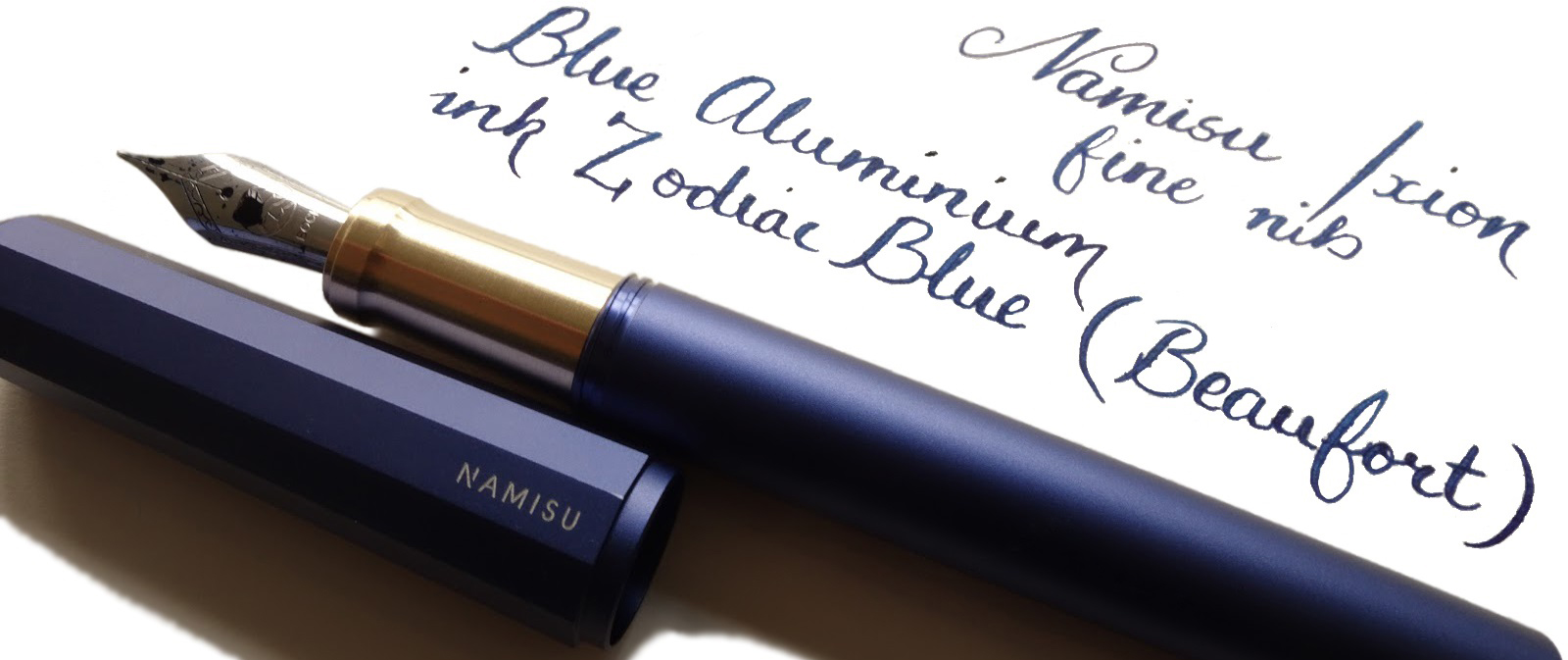
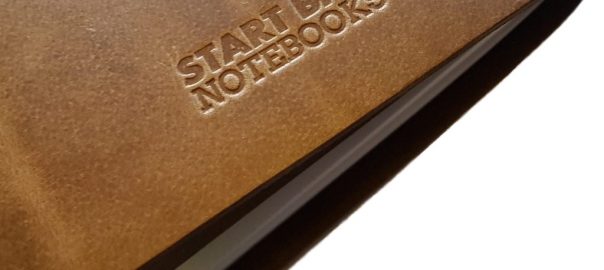
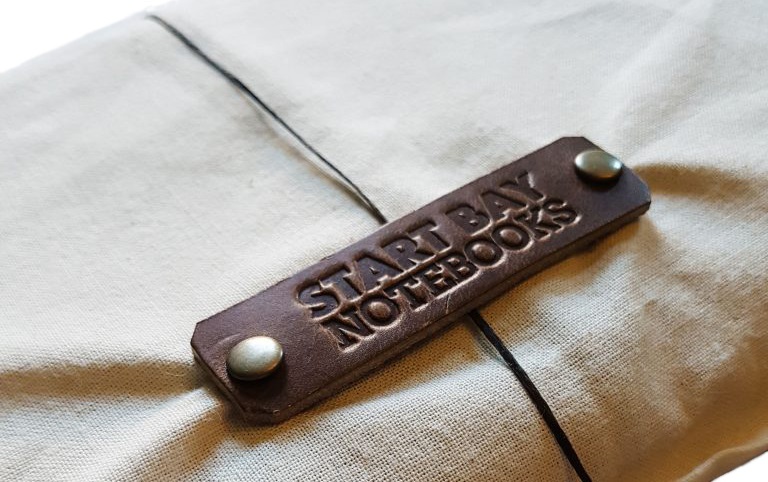






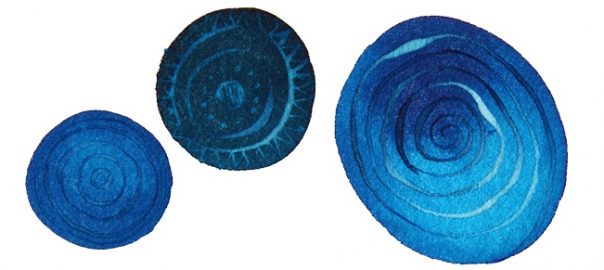


 Ink! What is it good for? It’s multi-purpose ink, this; it would be perfectly nice for writing a diary with, but you could probably get away with taking it to the office too. The plastic bottle is also hardy enough for travelling with, if you want to avoid glassware on the move.
Ink! What is it good for? It’s multi-purpose ink, this; it would be perfectly nice for writing a diary with, but you could probably get away with taking it to the office too. The plastic bottle is also hardy enough for travelling with, if you want to avoid glassware on the move.
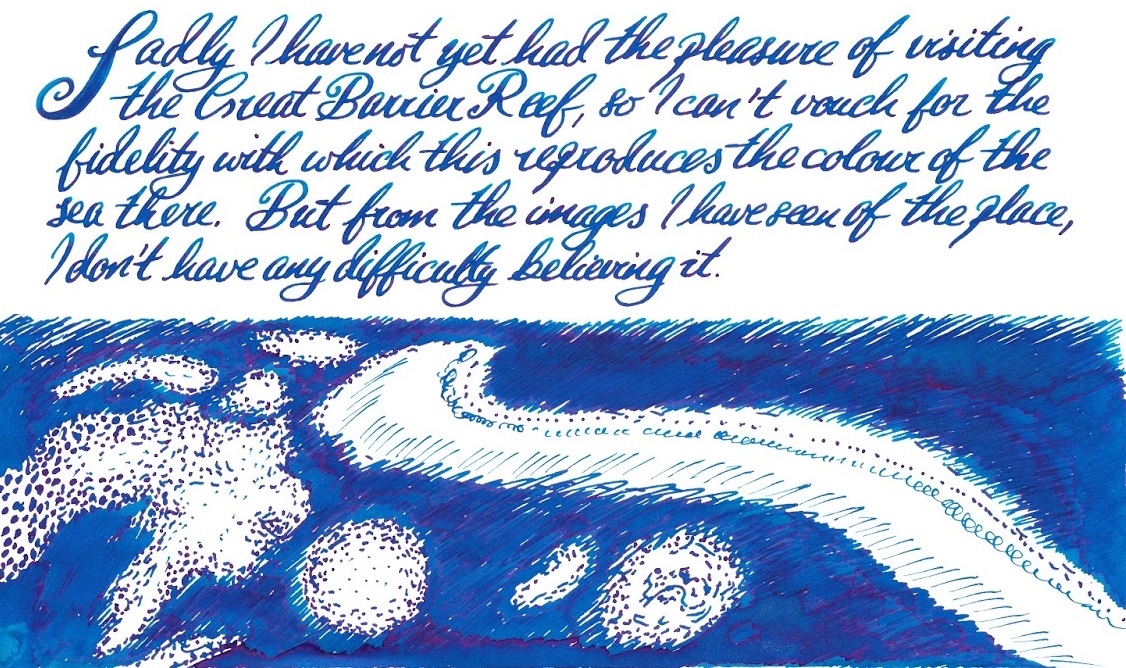

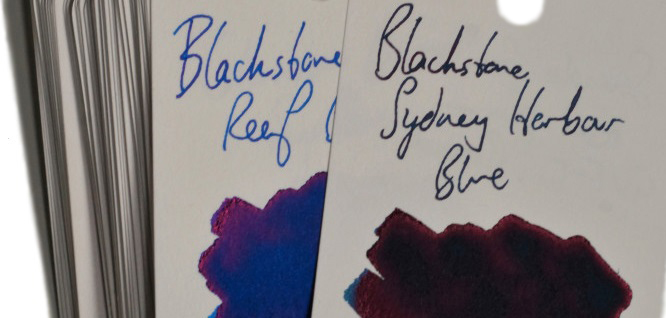
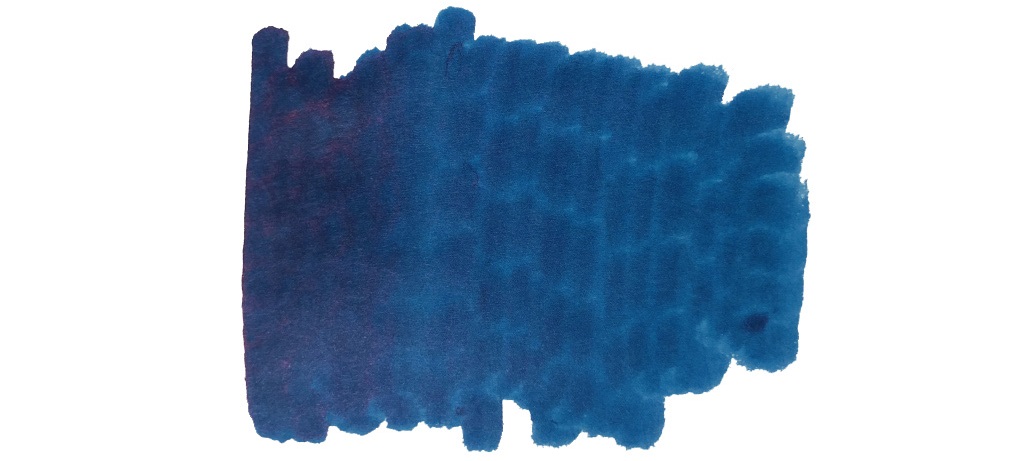
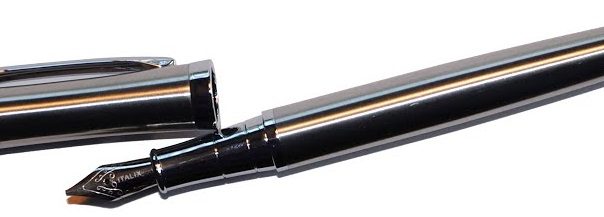
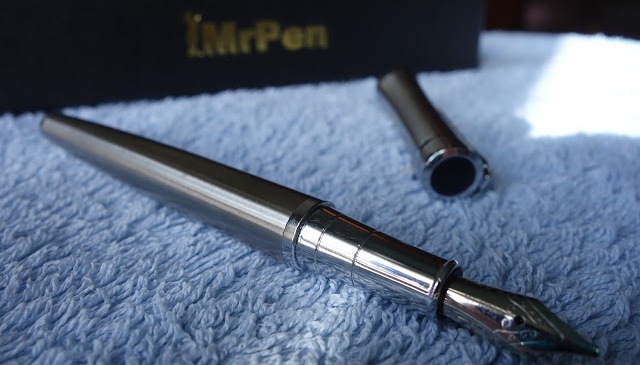



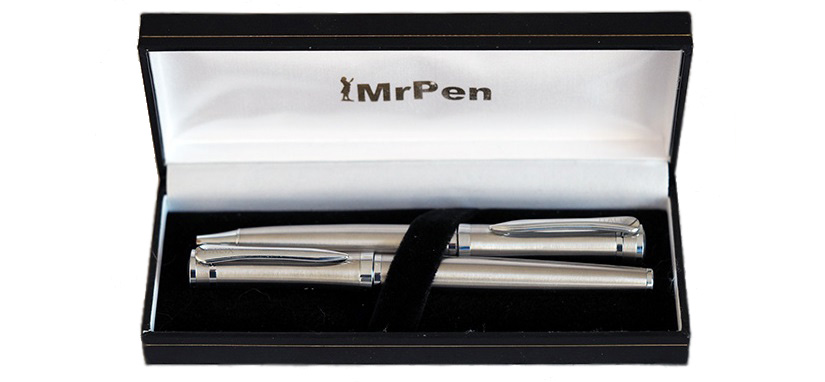


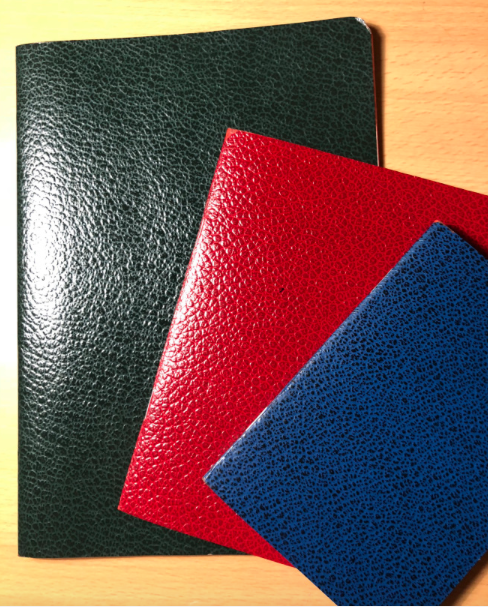

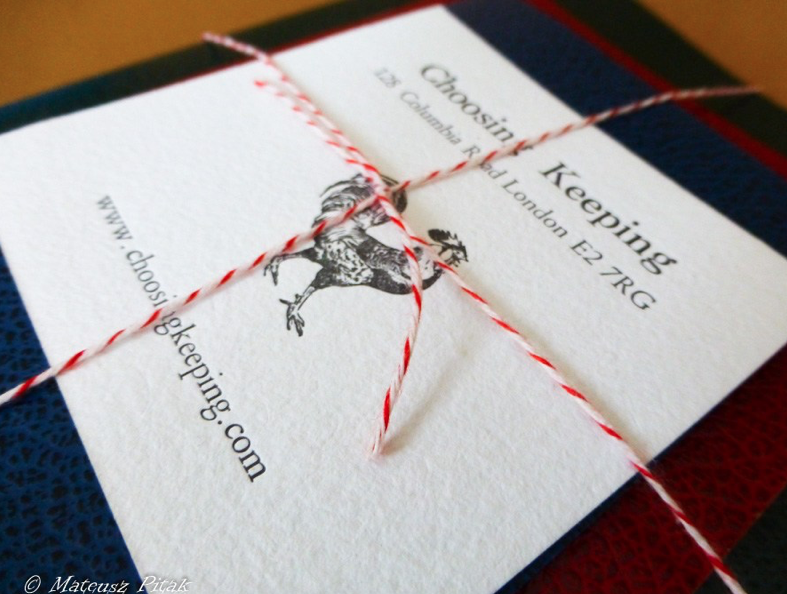
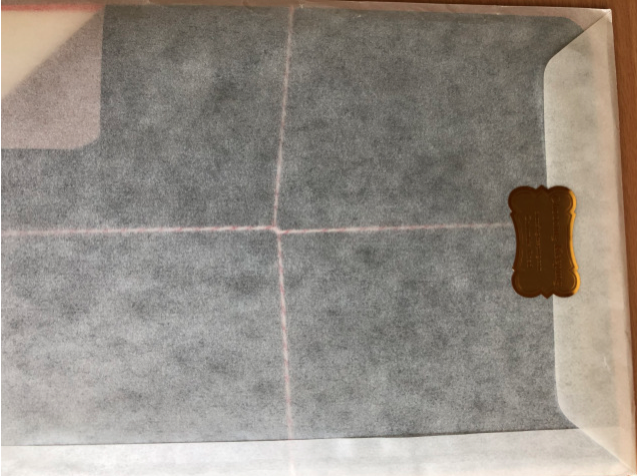
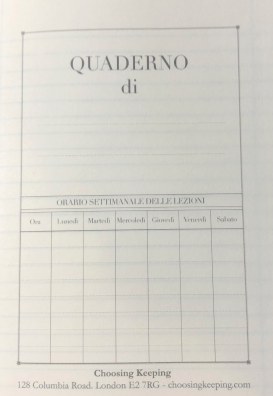

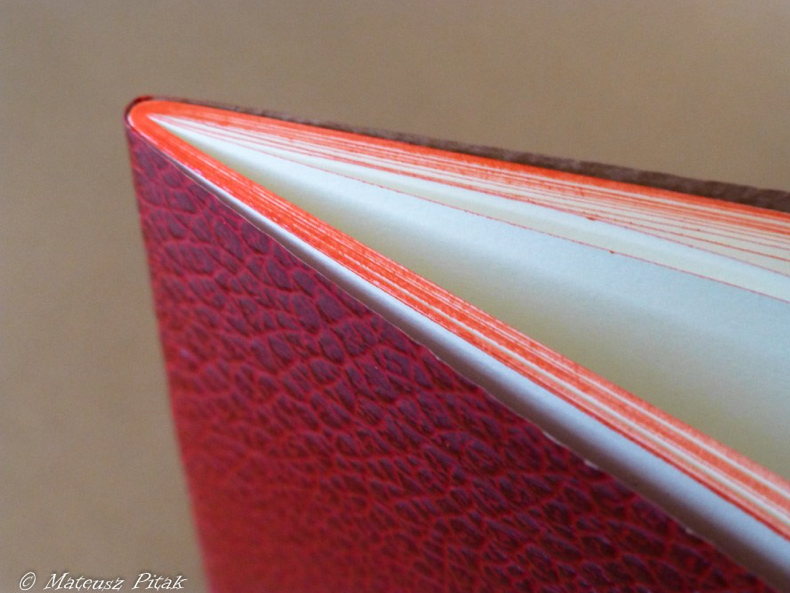
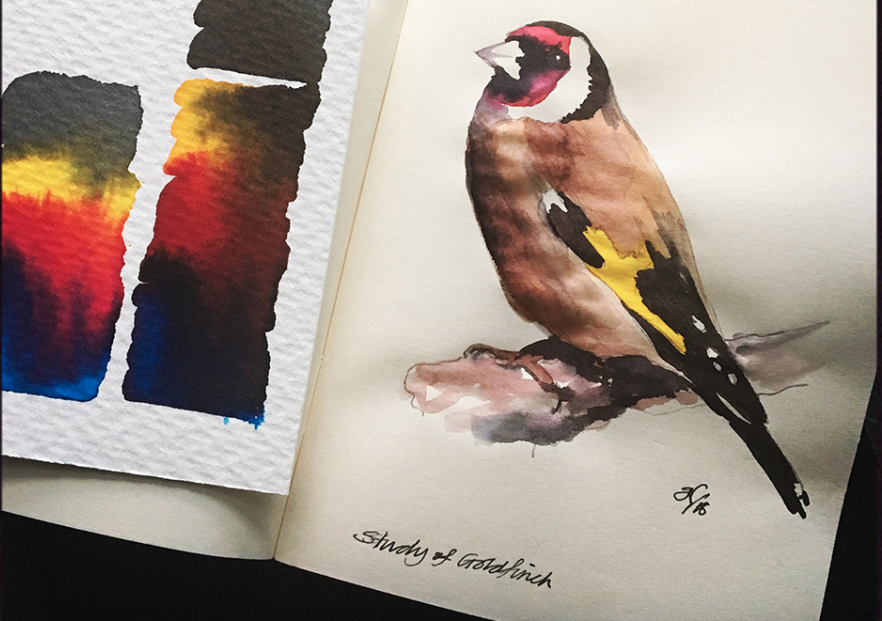
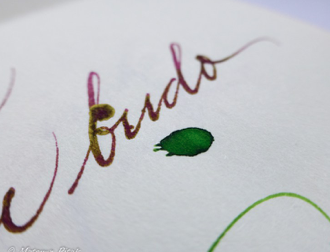

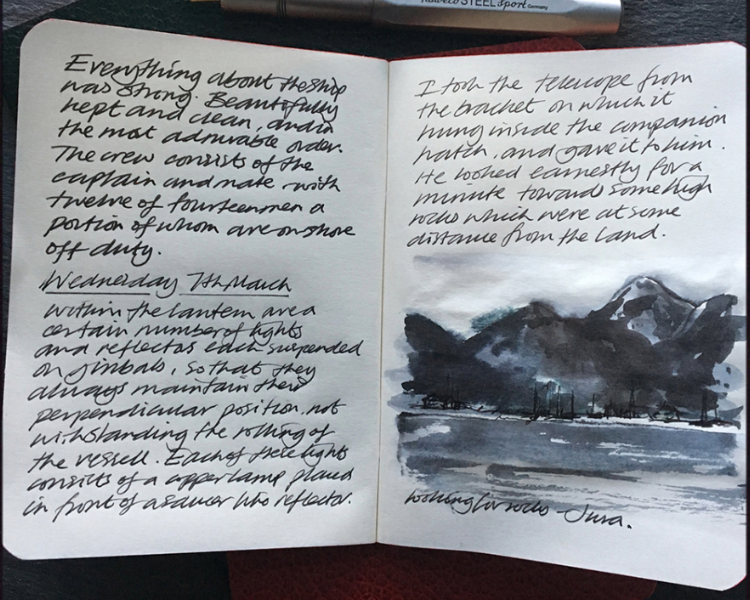
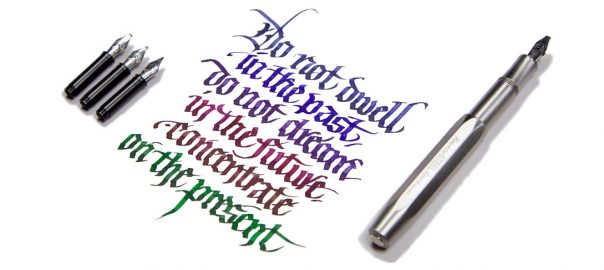
 A little bit of history Every serious fountain pen fan has a Kaweco Sport somewhere; small, pocketable – and in their simple plastic form eminently affordable – they are often starter pens, and frequently stay in use as emergency back-up pens even when owners have developed more exotic tastes. For quite a while, though Kaweco has been developing a ‘premium’ line of robust, refined, reassuringly expensive Sports in interesting materials ranging from carbon fibre to industrial metals. The very first United Inkdom meta-review tested the
A little bit of history Every serious fountain pen fan has a Kaweco Sport somewhere; small, pocketable – and in their simple plastic form eminently affordable – they are often starter pens, and frequently stay in use as emergency back-up pens even when owners have developed more exotic tastes. For quite a while, though Kaweco has been developing a ‘premium’ line of robust, refined, reassuringly expensive Sports in interesting materials ranging from carbon fibre to industrial metals. The very first United Inkdom meta-review tested the 
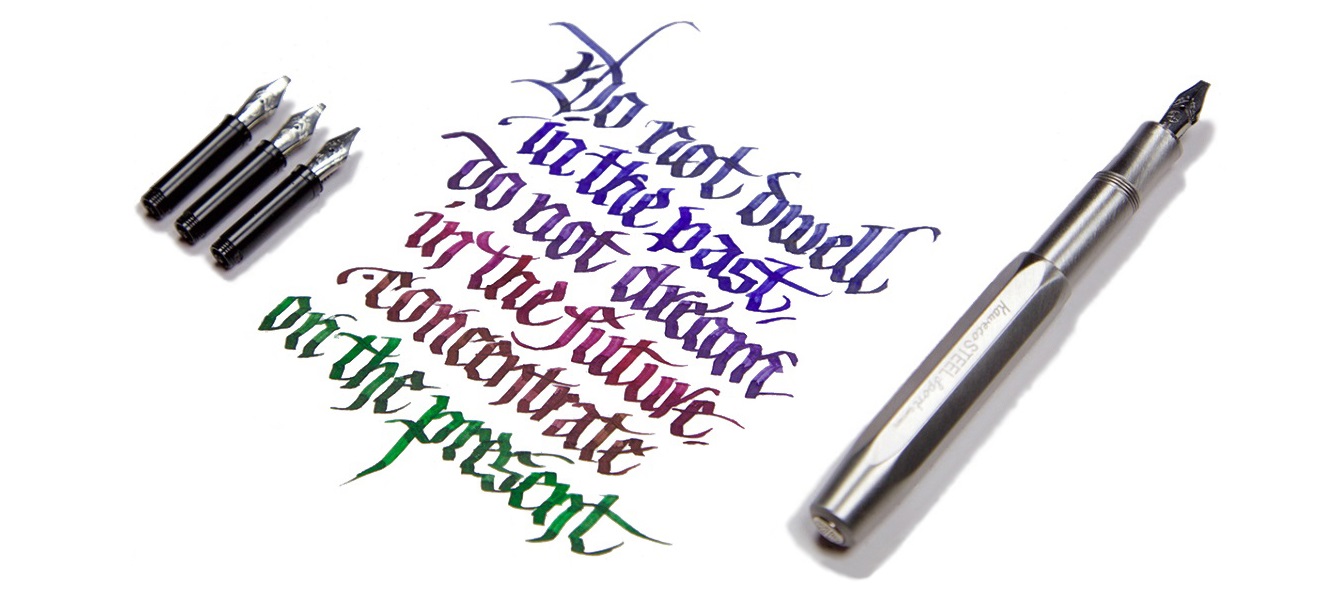


 Crucially, how it writes… As always, that depends on what nib you choose. Like all the more expensive Sport bodies (and indeed most of the Kaweco fountain pen range) this version uses screw-in small#5 Bock assemblies, which are available in a wide range of both round and italic tips. For the round tipped-nibs, many of us find that EF, F and M tend to be safest of the steel options, although any flow or smoothness issues, which can be variable in steel, vanish if you upgrade to gold. For this meta-review, though, we put the Steel Sport in the hands of two professional calligraphers (in Kent and Austria, respectively) who put the italic options through their paces – and found the narrower 1.1mm and 1.5mm nibs worked well even for fast writing, while a little more care was required for the wider tips where the same flow of ink has to stretch further. But as long as you choose the right nib for you and your own writing style, this is a reliable performer.
Crucially, how it writes… As always, that depends on what nib you choose. Like all the more expensive Sport bodies (and indeed most of the Kaweco fountain pen range) this version uses screw-in small#5 Bock assemblies, which are available in a wide range of both round and italic tips. For the round tipped-nibs, many of us find that EF, F and M tend to be safest of the steel options, although any flow or smoothness issues, which can be variable in steel, vanish if you upgrade to gold. For this meta-review, though, we put the Steel Sport in the hands of two professional calligraphers (in Kent and Austria, respectively) who put the italic options through their paces – and found the narrower 1.1mm and 1.5mm nibs worked well even for fast writing, while a little more care was required for the wider tips where the same flow of ink has to stretch further. But as long as you choose the right nib for you and your own writing style, this is a reliable performer. Pen! What is it good for? With a round-tipped nib this is probably the pocket pen par excellence; it looks the business, works well and will probably outlast most owners. Our calligraphers thought it was good for having some fun with italic lettering too, even if not quite the thing for fee-earning studio work (which is not what it is really designed for, to be fair).
Pen! What is it good for? With a round-tipped nib this is probably the pocket pen par excellence; it looks the business, works well and will probably outlast most owners. Our calligraphers thought it was good for having some fun with italic lettering too, even if not quite the thing for fee-earning studio work (which is not what it is really designed for, to be fair). VFM This is not a cheap pen – indeed, apart from the carbon-fibre version this is the most expensive Sport so far. Retailing for either €85 or £84.99 (which says something interesting about current exchange rates), it’s a significant purchase, but still not in luxury price-tag territory in our view. It looks a lot more expensive, though, and it’s tough enough that you would have to try very hard before you damaged it – nothing short of a diamond-tipped angle grinder is going to break this!
VFM This is not a cheap pen – indeed, apart from the carbon-fibre version this is the most expensive Sport so far. Retailing for either €85 or £84.99 (which says something interesting about current exchange rates), it’s a significant purchase, but still not in luxury price-tag territory in our view. It looks a lot more expensive, though, and it’s tough enough that you would have to try very hard before you damaged it – nothing short of a diamond-tipped angle grinder is going to break this! If this isn’t quite your cup of tea, but almost… Then there’s the shinier, lighter and more affordable aluminium version, or the steampunk splendour of the Brass Sport, either of which are sound choices. We have also seen the prototype of the solid silver version – but expect that one to break the £100 barrier, as the materials alone are likely to add around £15 to production costs at current prices.
If this isn’t quite your cup of tea, but almost… Then there’s the shinier, lighter and more affordable aluminium version, or the steampunk splendour of the Brass Sport, either of which are sound choices. We have also seen the prototype of the solid silver version – but expect that one to break the £100 barrier, as the materials alone are likely to add around £15 to production costs at current prices.
 Where to get hold of one From all the usual sources. Some pens take lots of research to track down, but this shouldn’t be one of them, and it’s currently available from almost all the places you’d expect to look. At the time of publication, The Writing Desk were selling these for £5 less than most other UK retailers, but we don’t expect their stock to last too long!
Where to get hold of one From all the usual sources. Some pens take lots of research to track down, but this shouldn’t be one of them, and it’s currently available from almost all the places you’d expect to look. At the time of publication, The Writing Desk were selling these for £5 less than most other UK retailers, but we don’t expect their stock to last too long!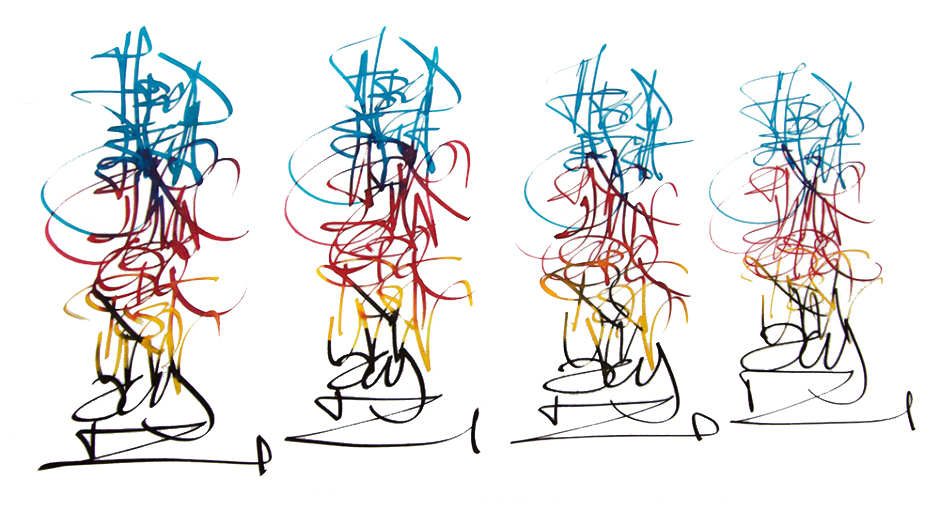 This meta-review references:
This meta-review references:

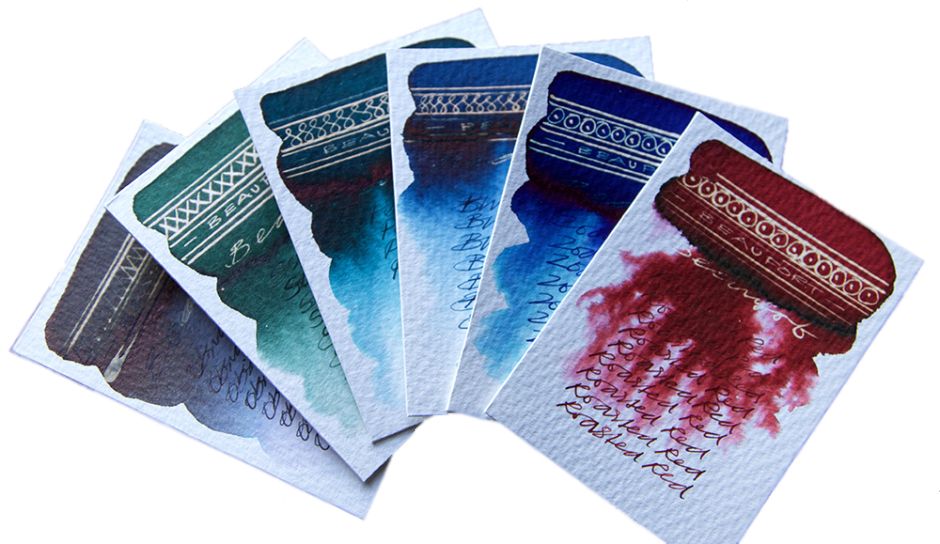 A little bit of history Some time during the Caledonian Orogeny, around 490–390 million years ago, the Great Glen Fault formed. Wind forward a few aeons and the trench this left cuts a swathe across Scotland, including the very well-known Loch Ness and, just to the south, the rather tautologous Loch Lochy, near which is the home of Beaufort Ink. Despite the name, Beaufort Ink have made their way in the world selling nibs and pen-turning parts rather than ink – until now. Now they’re making up for lost time, and then some!
A little bit of history Some time during the Caledonian Orogeny, around 490–390 million years ago, the Great Glen Fault formed. Wind forward a few aeons and the trench this left cuts a swathe across Scotland, including the very well-known Loch Ness and, just to the south, the rather tautologous Loch Lochy, near which is the home of Beaufort Ink. Despite the name, Beaufort Ink have made their way in the world selling nibs and pen-turning parts rather than ink – until now. Now they’re making up for lost time, and then some!
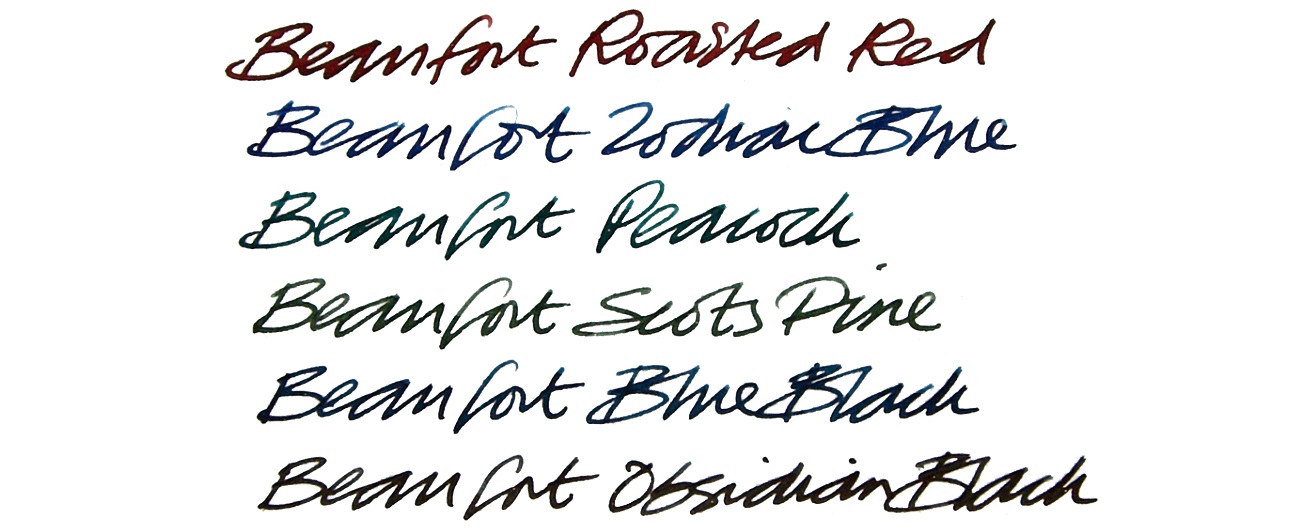
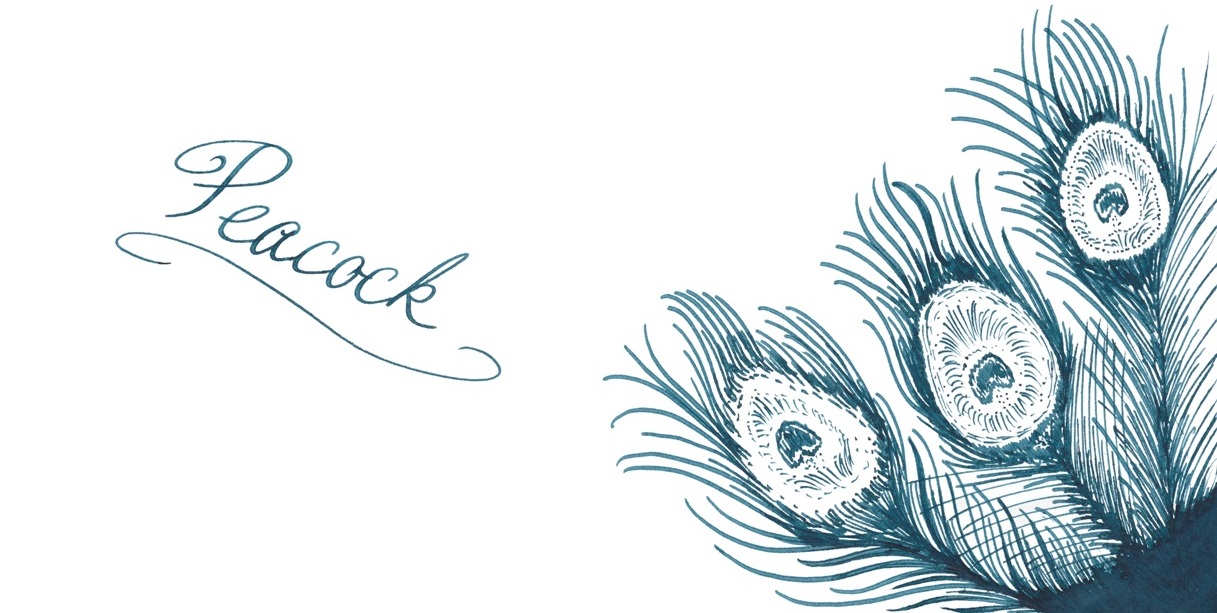
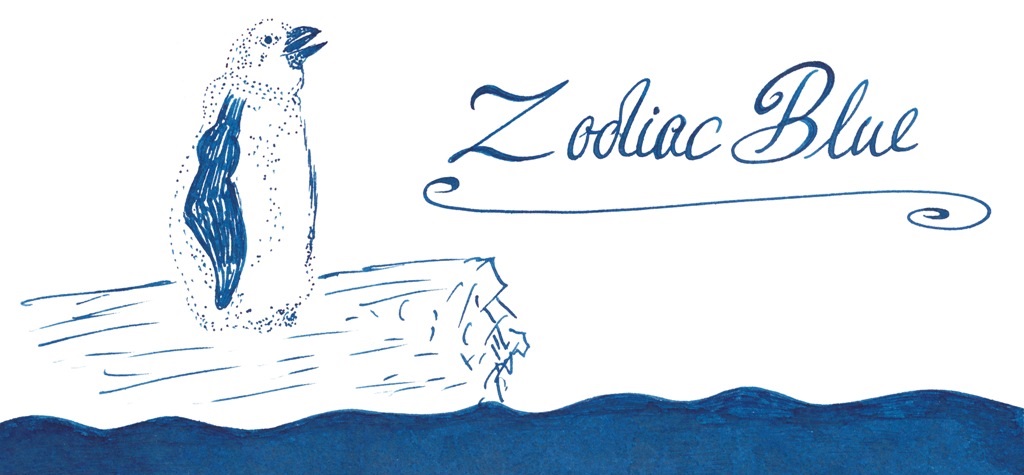


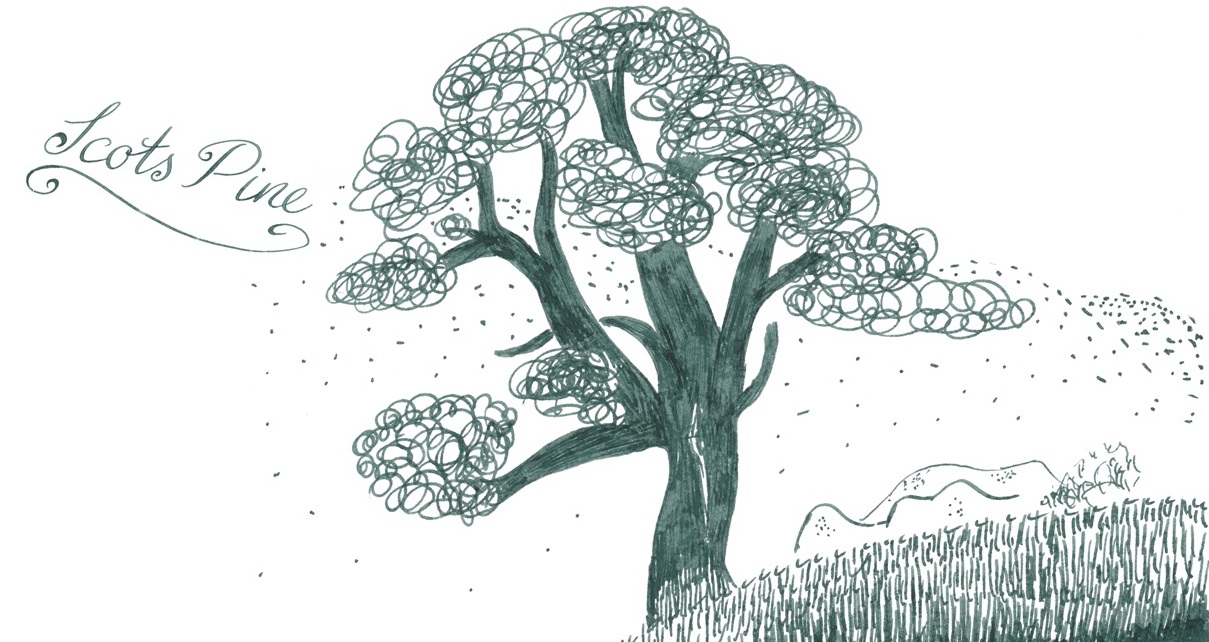

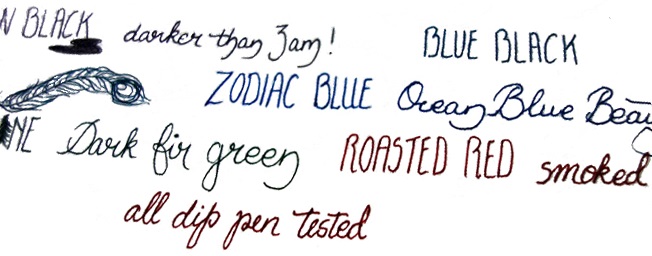

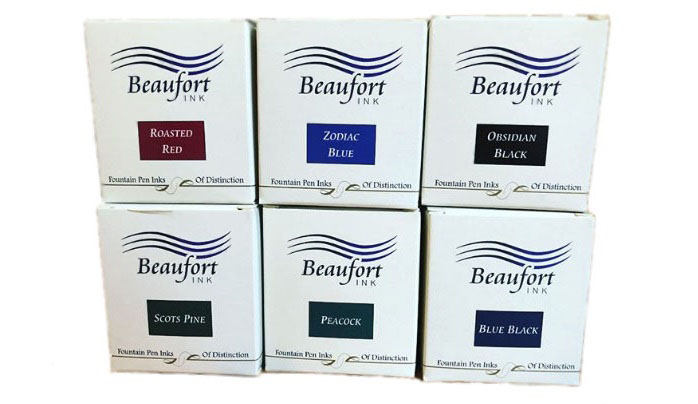 If this isn’t quite your cup of tea, but almost… Beaufort have indicated that other colours may join the collection if there’s sufficient demand. Unsubtle hints about the urgent need for Purple Heather have already been lodged. The case for Made In Scotland From Girders Orange, meanwhile, awaits a longer label as well as copyright permission!
If this isn’t quite your cup of tea, but almost… Beaufort have indicated that other colours may join the collection if there’s sufficient demand. Unsubtle hints about the urgent need for Purple Heather have already been lodged. The case for Made In Scotland From Girders Orange, meanwhile, awaits a longer label as well as copyright permission!
 This meta-review references:
This meta-review references: Thanks to Beaufort Ink for kindly providing samples of the whole range.
Thanks to Beaufort Ink for kindly providing samples of the whole range.